Lux Aeterna provided VFX for Oceanic Films’ feature-length documentary
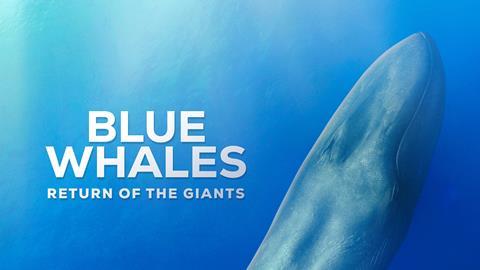
VFX house Lux Aeterna has revealed its work on Oceanic Films’ feature-length documentary for IMAX theatres, Blue Whales: Return Of The Giants.
Produced in collaboration with HHMI Tangled Bank Studios and SK Films, Blue Whales: Return Of The Giants is narrated by Andy Serkis and takes a deep dive into the world of the gigantic mammals - showcasing their lives, rapid decline, and recent reemergence. The production follows two scientific expeditions — one focused on finding a missing population of the huge sea creatures off the Seychelles Islands in the Indian Ocean, and the other to chronicle whale families in Mexico’s Gulf of California.
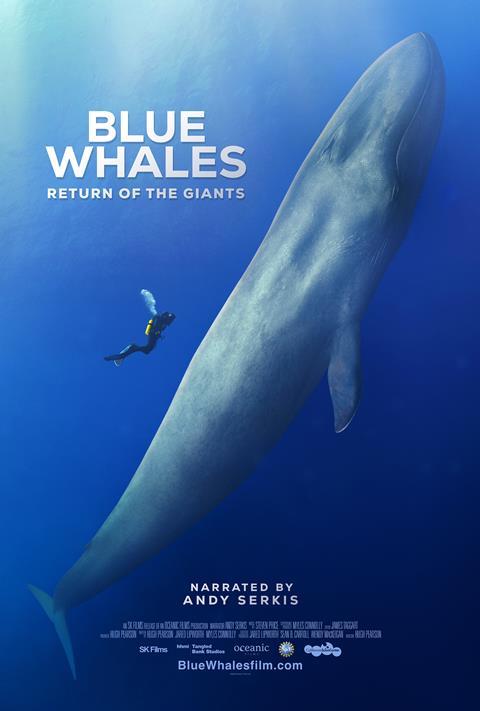
Lux worked on 10 sequences over eight months for the film, working with director Hugh Pearson. The crew captured the footage in 2D, with each image then transposed to 3D in post-production. This task was made more difficult by the fact that the movie was made in 8K IMAX to be shown on screens measuring 20 x 26m — six times the size of a normal cinema. It also had to meet the standards of various other high-level formats including DCI-compliant Digital and Digital Dome.
Recreating the underwater world with VFX
One of the key sequences that Lux Aeterna worked on featured intricate shots of phytoplankton, the microscopic floating plants that are the basis of ocean food chains. The team recreated around 1,000 phytoplankton for a long, slow shot where the camera appears to be moving through the microscope particles. This was particularly complex as each particle had to move independently, while not colliding with each other, but appearing as a mass. Due to the extremely complex nature of this sequence, each frame required more than 10 hours to render. With 750 frames to process, plus an additional 750 frames for the stereo effect, it was a great challenge for the team.
“This was a technically challenging project for us due to the sheer size of the shots we were working with,” explained Steve Burrell, compositing director at Lux Aeterna. “It was essential that they were of high quality and compatible with a variety of complex formats, including stereo 3D. As part of the process, we took the opportunity to view our work at an unused IMAX cinema to see how it looked on the screen.”
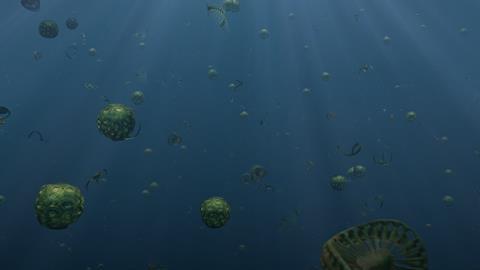
Another VFX sequence saw a blue whale surfacing to breathe and expelling a plume of misty snot from its blowhole towards the camera. Aptly named the ‘snot-shot’, this was captured with a drone, with Lux enhancing the 3D visuals using Nuke to bring this explosive moment to life.
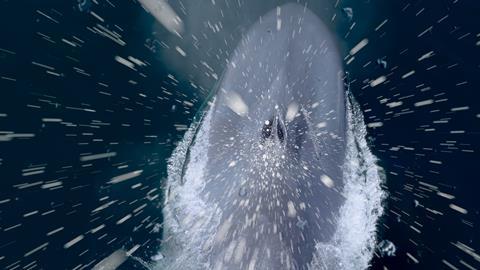
Lux drew creative inspiration from the research of renowned marine biologist Dr. Diane Gendron, who was instrumental in the making of the film. Diane’s trailblazing research, which spans a period of more than 30 years, includes identifying individual animals using photo IDs and measuring their health based on their girth. The team created visuals to illustrate these, along with satellite map images showing the locations of the expeditions.
Filming in the wild
Blue whales are notoriously difficult creatures to study, and even harder to capture on camera due to their size, small numbers, and the murkiness of the water where they reside. In order to tell the story of these giant creatures, the crew filmed predominantly on a combination of RED Helium and Monstro cameras using a variety of Ronin lenses, along with DJI Inspire 2 drones. They captured underwater footage using Gates underwater housing, and used a Shotover gyro-stabilised camera for the aerial helicopter sequences and to get steady shots from the boat, using a crane.
Several DoPs were brought in to cover all of the different skills required to complete the work, including Robin Cox as the main documentary cameraman, Hector Skevington-Postles who filmed the drone and and boat sequences, and Jeff Hester who worked on drone and underwater portions.
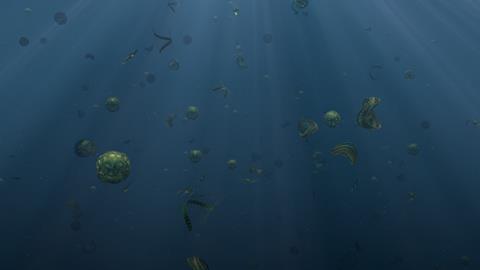
London-based Onsight completed post-production work for the project, and the sound work was completed by Wounded Buffalo, based in Bristol. Academy Award winning composer Steven Price (Gravity) wrote the score.
“I’ve worked with the wonderful folks at Lux Aeterna many times before, so it was an easy decision to have them as part of the team for this challenging yet exciting project,” said director and producer Pearson. “Steve and everyone else at Lux Aeterna are always so creative, open to ideas and fun to work with; their previous experience of 3D films was also incredibly useful. The final result was amazing and brings so much to the immersive experience. At the premiere, the phytoplankton sequence had the kids grabbing to reach the floating plants, which is exactly what we wanted.”
Blue Whales: Return Of The Giants premiered at the California Science Center IMAX Theater in May 2023, and is set to roll out to more IMAX cinemas around the globe in the coming months.














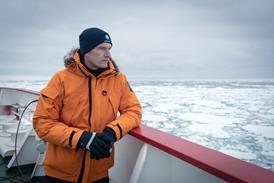






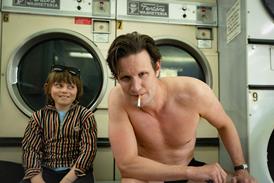







No comments yet